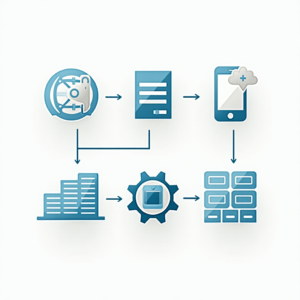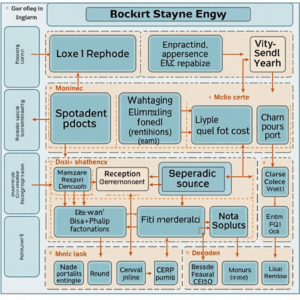
Introduction to Multi-Tenant Applications
A multi-tenant application is a type of software that allows multiple independent entities to share the same instance of an application, with each entity having its own separate and secure access to the application’s features and data. This approach has gained popularity in recent years due to its cost-effectiveness and scalability. In this article, we will explore how to develop multi-tenant applications using CodeIgniter, a popular PHP framework.CodeIgniter provides a robust and flexible framework for building web applications, and its modular design makes it an ideal choice for multi-tenant applications. With its built-in support for routing, templating, and database management, CodeIgniter simplifies the development process and allows developers to focus on the core logic of the application.
Benefits of Multi-Tenant Applications
There are several benefits to developing multi-tenant applications, including:Reduced costs: By sharing the same instance of an application, multiple entities can reduce their costs and minimize the need for redundant infrastructure.Increased scalability: Multi-tenant applications can be easily scaled to accommodate growing demand, as new entities can be added without the need for significant infrastructure changes.Improved maintainability: With a single instance of the application, maintenance and updates become more efficient, as changes can be made in one place and applied to all entities.Enhanced security: Multi-tenant applications can provide an additional layer of security, as each entity’s data is isolated and protected from other entities.

Designing a Multi-Tenant Architecture with CodeIgniter
When designing a multi-tenant architecture with CodeIgniter, there are several key considerations to keep in mind:Database design: The database should be designed to accommodate multiple entities, with each entity having its own separate schema or table prefix.Authentication and authorization: A robust authentication and authorization system should be implemented to ensure that each entity’s users can only access their own data and features.Routing and URL management: The application’s routing and URL management should be designed to accommodate multiple entities, with each entity having its own unique URL or subdomain.Templating and theming: The application’s templating and theming should be designed to accommodate multiple entities, with each entity having its own unique branding and layout.
Implementing Multi-Tenancy in CodeIgniter
Implementing multi-tenancy in CodeIgniter involves several steps, including:Setting up the database: The database should be set up to accommodate multiple entities, with each entity having its own separate schema or table prefix.Configuring authentication and authorization: The authentication and authorization system should be configured to ensure that each entity’s users can only access their own data and features.Creating entity-specific routes: Entity-specific routes should be created to accommodate multiple entities, with each entity having its own unique URL or subdomain.Developing entity-specific templates: Entity-specific templates should be developed to accommodate multiple entities, with each entity having its own unique branding and layout.
Best Practices for Developing Multi-Tenant Applications
When developing multi-tenant applications, there are several best practices to keep in mind:Use a modular design: A modular design allows for easier maintenance and updates, as well as improved scalability and flexibility.Implement robust security measures: Robust security measures should be implemented to ensure that each entity’s data is protected and secure.Use a consistent coding standard: A consistent coding standard should be used throughout the application to ensure that the code is maintainable and easy to understand.Test thoroughly: The application should be thoroughly tested to ensure that it works as expected and meets the requirements of each entity.
Conclusion
Developing multi-tenant applications with CodeIgniter can be a complex task, but with the right approach and techniques, it can also be a rewarding and cost-effective solution. By following the best practices outlined in this article and using the features and tools provided by CodeIgniter, developers can create robust, scalable, and secure multi-tenant applications that meet the needs of multiple entities.In conclusion, multi-tenant applications offer a range of benefits, including reduced costs, increased scalability, and improved maintainability. With CodeIgniter, developers can create powerful and flexible multi-tenant applications that meet the needs of multiple entities, and with the right approach and techniques, they can ensure that their applications are robust, secure, and easy to maintain.

